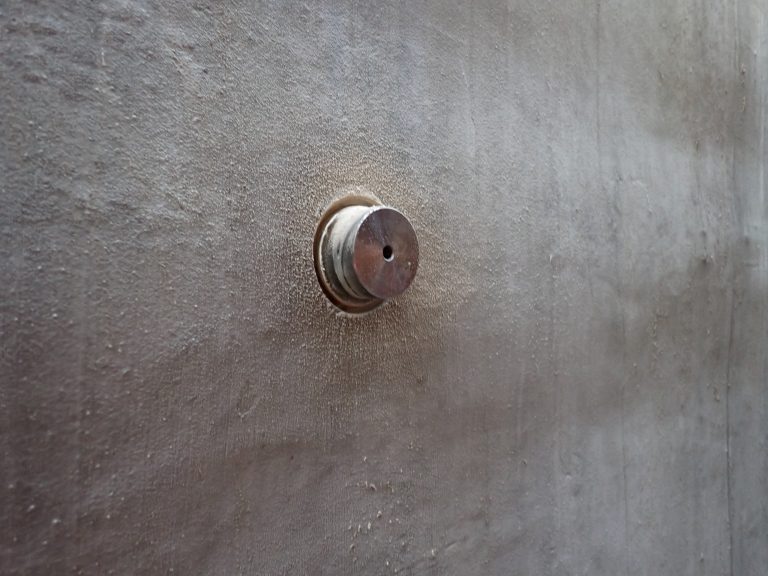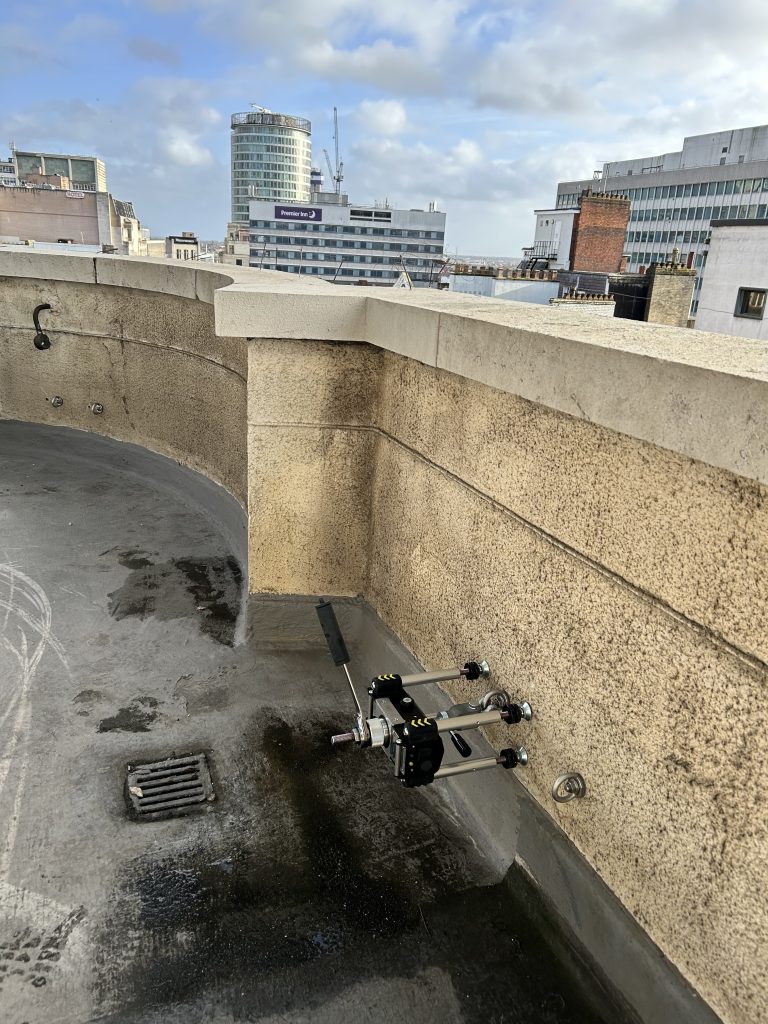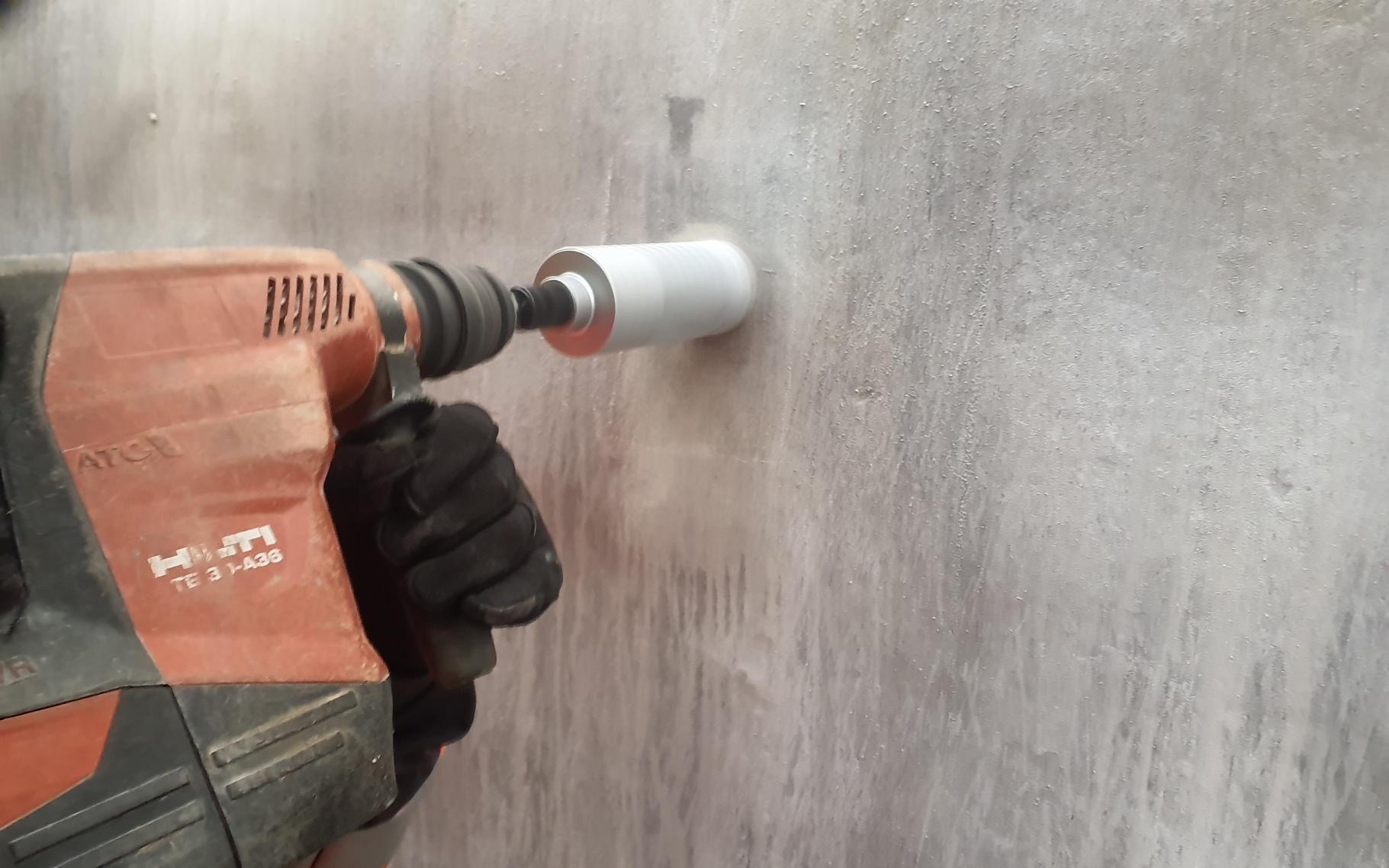A Pull-Off adhesion test is conducted to measure the strength of the bond between a coating or adhesive and its substrate, essentially determining how well the coating adheres to the underlying surface.
This is crucial for assessing the durability and longevity of a product in real-world conditions, especially when exposed to stress or wear and tear. These tests help identify potential issues like peeling, flaking, or delamination before a product is used in situ.
A pull-off adhesion test result typically reports the tensile force required to completely detach a Bond Adhesion Disc or “Dolly” from the substrate, measured in units like pounds per square inch or kilo newtons along with an analysis of the failure mode, which can be categorized as either adhesive failure, at the interface between the dolly and the coating, or cohesive failure, within the coating itself.
We use the Staht T25 load cell to carry out pull off tests, we also use this instrument to undertake Pull Out Testing of Class A Anchors.
Adhesive and Cohesive Failures.
When testing coating adhesion using a pull-off adhesion gauge, typically the dolly, is completely pulled off the surface, and you record the resultant tensile pull-off force.
You then assess the dolly face and surface, to determine the failure mode.
For a valid pull test, the coating must cover at least half of the area of the dolly face. If the adhesive fails, and no coating is present on the dolly, or it covers less than half of the dolly face area, the pull test is invalid and should be repeated. Make sure the adhesive is suitable for the task at hand, which may include environmental conditions and coating material.
However, if the glue fails at a value that’s above the specification, then it can be reported the adhesion exceeded the specification for this individual test and is a valid result.
When the coating has failed within the layer, leaving the same coating on both the dolly and the test panel, it is known as a cohesive failure.
Adhesive failures occur when either the coating has failed at the interference with another coating, leaving coating on the dolly and another coating on the substrate; or when the coating has failed at the substrate, leaving coating on the dolly and a bare substrate.
It is possible for both adhesive and cohesive failures to occur during one test.



